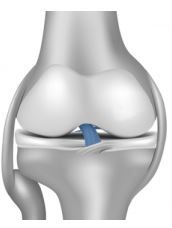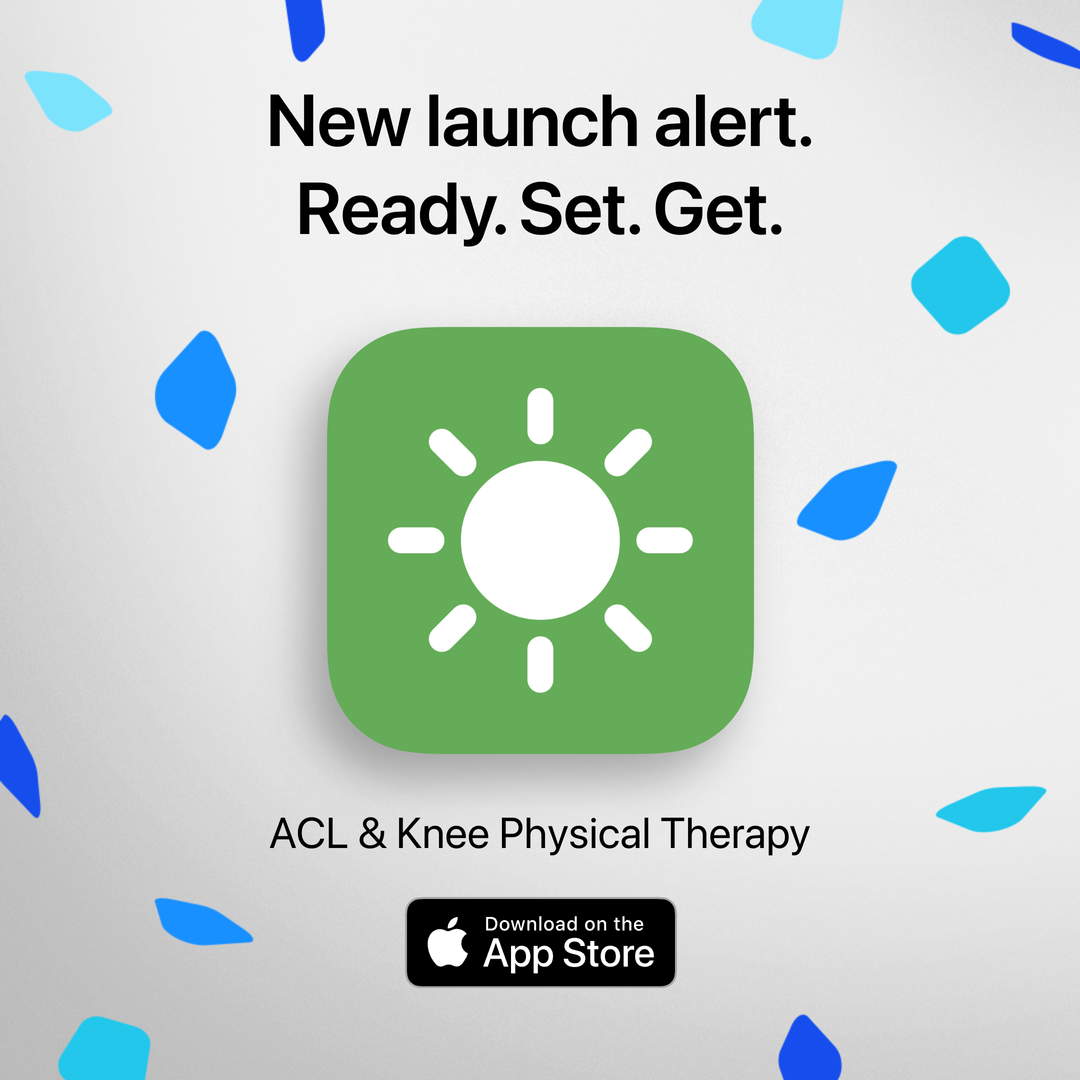Image by luliska from Getty Images via Canva
The Anterior Cruciate Ligament (ACL) is one of the four ligaments in the knee joint. The ACL runs diagonally inside the knee like a rope to make the joint stable!

The ACL keeps the knee stable when changing directions quickly or when landing from a jump.[1]
How is the ligament injured?
There are many ways that an ACL can be injured. Here are just a few examples:
Changing direction with the knee caving in

Twisting with your foot planted

Stopping suddenly on a straight knee

Landing from a jump with the knees caving in

Being hit on the knee from the front or the side

Check out our blog to learn more about ACL injury symptoms and common mechanisms of injury associated with an ACL injury. Additionally, your biological sex plays a role in ACL injury as well. Research has indicated that young female athletes are more likely to tear their ACL compared to male athletes.[2] Read more about it in this blog post.
If you are suffering from an ACL injury and don't know where to start, you may download our Curovate physical therapy exercise app for a 5-day trial to start your recovery!
Curovate is for ACL, knee replacement, or hip replacement recovery. It provides you with guided exercises, rehab reminders, progress tracking, and more, all from the convenience of your phone. Click on the links below!
If you need further customized assistance during your surgery or injury recovery check out our physical therapy online to book your 1-on-1 video session with a physical therapist.


Other Related Blogs
- Turf leads to more ACL injuries - fact or fiction?
- How to prevent ACL injuries
- Am I at risk of tearing my ACL? How can I prevent an ACL injury? How can I avoid a reinjury to my ACL?
References
1. Anterior Cruciate Ligament (ACL) Injuries—OrthoInfo—AAOS. (2014). OrthoInfo.







